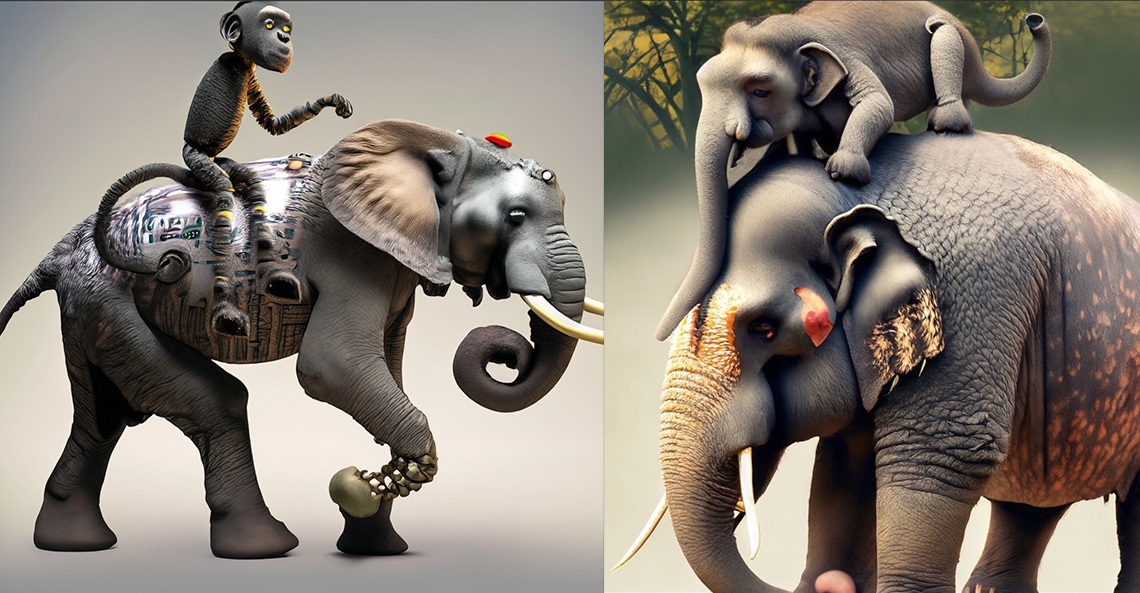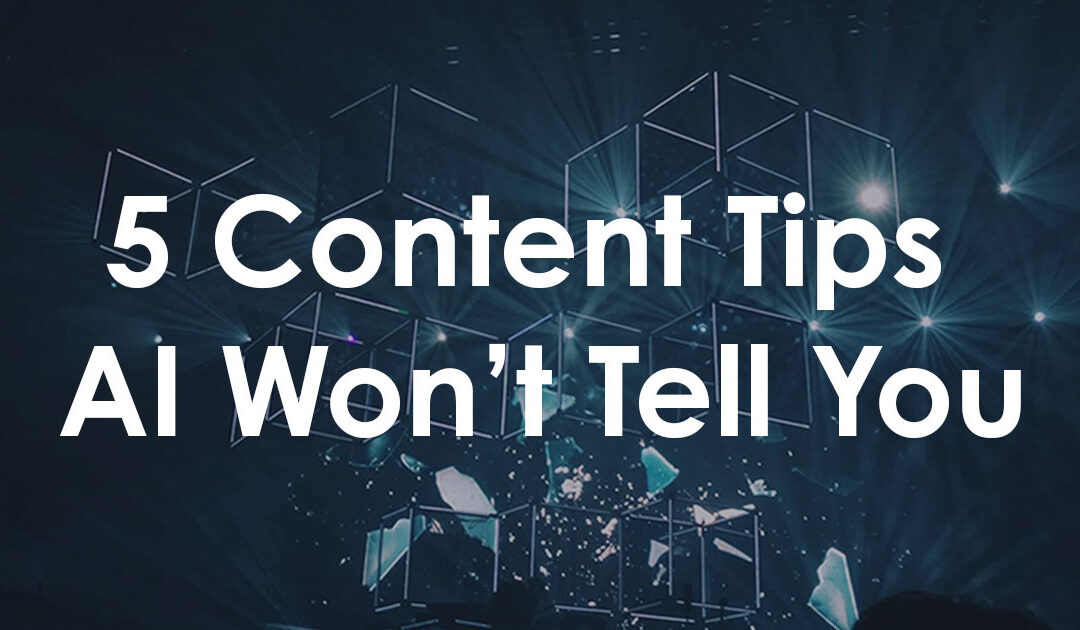When ChatGPT first came on the scene, Current Asia faced a choice: hide our heads in the sand like content marketing ostriches or reach out and embrace AI. Perhaps not surprisingly we chose option 2, with the view that whatever doesn’t kill you makes you stronger. Despite dire predictions that AI would put writers and creatives out of business, we eagerly invited Poe, Jasper, Bard DALL-E 2 Stable Diffusion, Otter, and the whole AI tribe into our tent.
As we head for the first anniversary of ChatGPT’s launch (November 30), here are some learnings from our AI journey that can be useful for your own business.
1. The initial miracle of ChatGPT’s ability to immediately create content soon dimmed when all too often the bot was simply generating cliched vanilla ice cream versions of just about any document or image. We understood the value of AI was in the instantaneous first draft. Let the AI automate the non-sexy parts of the assignment such as stuffing the text with SEO-friendly keywords. We now start our role right where we add the most value – with our agility, strategy, and informed applied creativity. AI is the elephant that allows the monkey riding on top to dance.

*What AI thinks a “Monkey on an Elephant” looks like. Not quite what we were hoping for.
2. We also learned AI is not the product, it’s the catalyst. Poe and Jasper, for example, are great brainstorming tools. They spit out options we might never have considered, some of which are great and others show the path not to take. The prompt “Do the listed company’s earnings announcement as a comedy routine” yields some interesting results!
3. AI makes no distinction between literal and lateral thinking, which makes it both useful and dangerous. For example, when one of our AI tools could not locate one of the executives we were researching for a piece, it declared that the person was dead: an efficient but unfortunately inaccurate conclusion. Similarly, but more positively, we love the way smart prompts to the general predictive transformer serve up concepts and themes that we can then stitch together in ways that are strategic, playful, and/or effective.
4. Don’t settle for second best. AI is trained on so much data that it tends to dumb things down rather than lift them up. The algorithm often lands on the obvious rather than the exceptional. For example, we asked AI to improve two well-known fast food ad slogans: “Finger Lickin’ Good” (KFC) and “I’m Lovin’ It” (McDonald’s). The results: “Indulge in the exquisite taste sensation!” and ”Embrace the Joyful McDonald’s Experience.” Truth be told, yes, but no poetry there.
5. The rewards outweigh the risks of AI hallucinations and misinformation, even at this early stage. However, AI is a tool to be used rather than a deputy to delegate to. Our AI motto is “Don’t trust, and verify.”
Eleven months in, our conclusion is “Bring it on!’ and let’s see where this literal/lateral journey leads.
